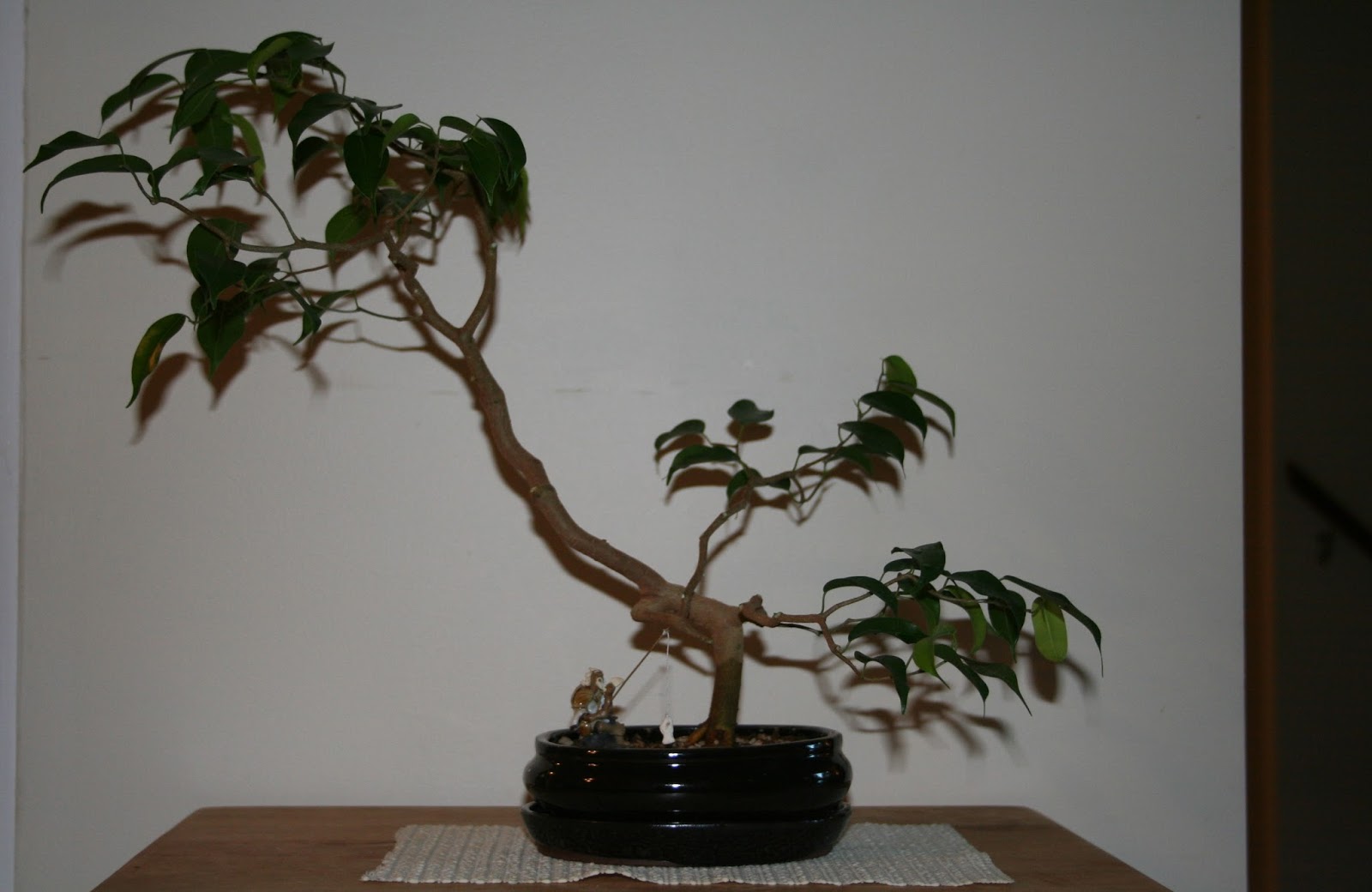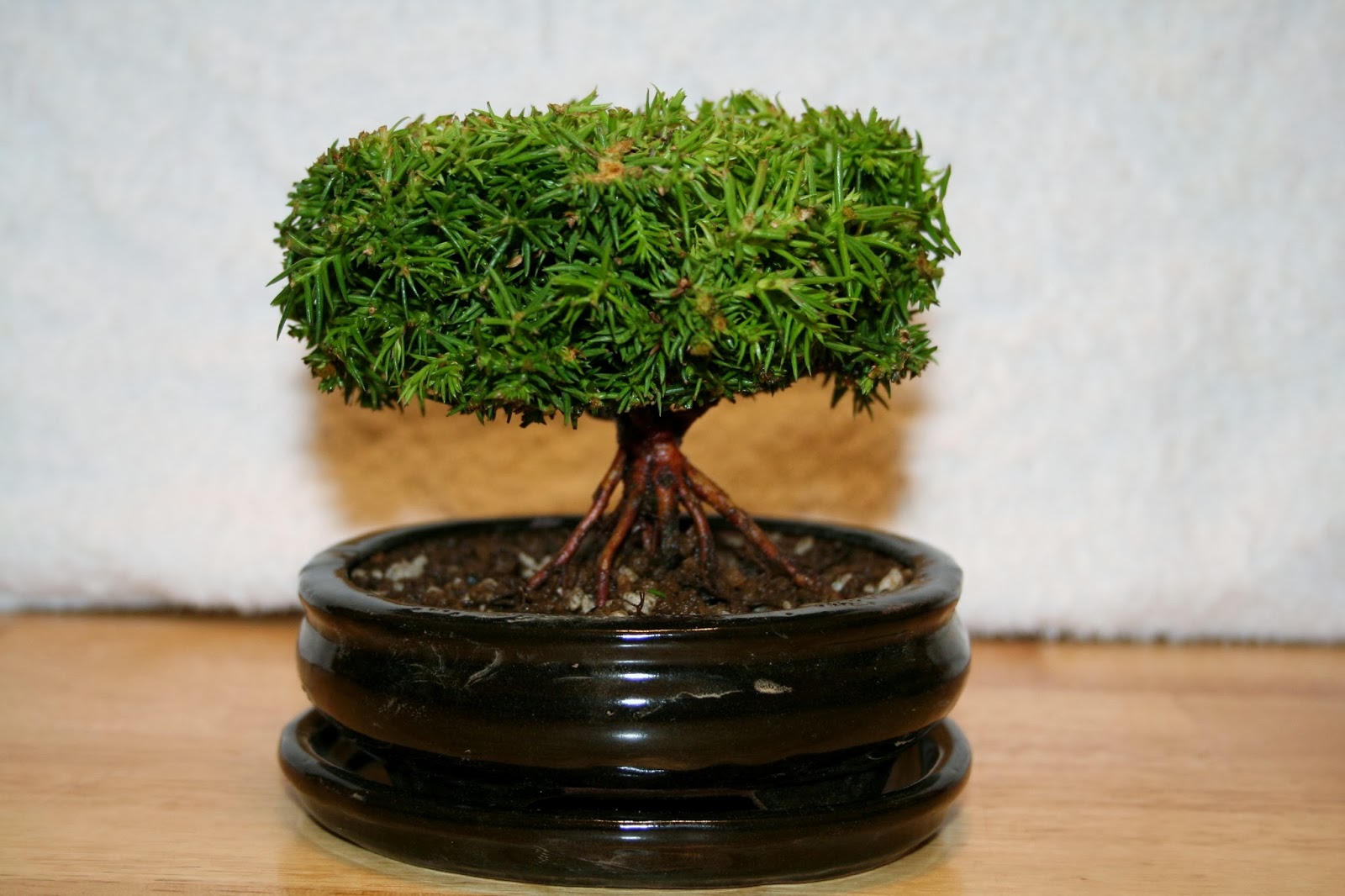5 Top Indoor Bonsai Tree Care Tips
Bonsai
tree care can be nerve-wracking and more so indoor Bonsai tree care.
With proper care, you will find your Bonsai tree dying and a hobby that
was suppose to be relaxing
and peaceful turns into a nightmare.
Different people have different take on the proper way to care for
Bonsai trees, and this document is an endeavor to list the 5 top indoor
Bonsai tree care tips that are extremely essential. By following the
tips, you will be able to grow great looking Bonsai trees and will no
longer have to confront a dying Bonsai tree.
Although the tips
here may sound very basic, without following them, you will not be able
to encourage the growth of Bonsai trees. These are the basic needs of
every Bonsai
tree in order for it to develop. You can like Bonsai
care to building a house -- a house needs a firm and solid foundation
before you can erect a wall and a roof. These 5 top
indoor Bonsai tree care tips should be the foundation of growing great looking Bonsai trees.
So, without much ado, here are the 5 top Bonsai Tree Care Tips.
Tip 1 -- How to water a Bonsai tree.
When
it comes to indoor Bonsai tree care, watering is one of the most
important aspects of care. If you give your tree too little water, it
will dehydrate and die. If you water too
much, it will drown the tree.
After
of talking to other Bonsai enthusiasts, I have found out that watering
the Bonsai tree is the number one problem most people face, especially
beginners. To ensure you are
watering your Bonsai tree correctly,
wait until you see the soil drying up. Of course, do not wait until the
soil has dried up completely. Then water the plant until the excess
water
seeps out of the bottom of the Bonsai pot and then do not water
again until the soil starts drying up. This is the best method to water
a Bonsai plant and if you follow it, it will be
impossible (well nearly impossible!) to over water or under water the tree.
Tip 2 -- Picking the Right Soil
Picking
the right soil is important for indoor Bonsai tree care given the fact
that fact of the tree is covered by soil! If you want to pick the right
soil for your Bonsai tree, visit the
nearest garden center and inform
them about the exact type of Bonsai tree you have. The garden center
will help you select the right soil and the only thing you should
request is
for the best quality soil available for your type of
Bonsai tree. Spending a few dollars extra for higher quality soil will
make all the difference in your Bonsai tree.
Tip 3 -- How to Apply Fertilizer Correctly
Anyone
who is new to indoor Bonsai tree care invariably has an issue with
fertilizer application. In fact, many beginners end up using insoluble
fertilizer and then are kept
scratching their head wondering why the
tree died a few weeks. Bonsai trees have to be given water soluble
fertilizer once or twice a week and that too only during the growing
season.
In addition, fertilizer application should take place when the soil is
wet or you will not see the results. Drive down to the local gardening
center and inquire about the
different types of water soluble
fertilizers they have. Pick a high quality fertilizer and if it does not
work, wait until the next growing season before trying a different
fertilizer. As
far as possible avoid mixing and matching fertilizers.
Tip 4 -- How to Prune a Bonsai Tree
Pruning
is an important part of indoor Bonsai tree care. The pruning is done in
two different ways -- branch pruning and root pruning. Branch pruning
should be done when
spring starts and you should carefully remove the
branches that you do not want. Keep only the branches you wish to.
Similarly root pruning should be done but take care
because root
pruning should only be done after the roots of the tree have bound
themselves firmly into the pot. You have to learn the basics of Bonsai
tree pruning before
trying to sculpt the tree into different shapes.
Tip 5 -- Choosing the Perfect Growing Environment for Your Bonsai Tree
The
last tip is another important factor in indoor Bonsai Tree care. Make
sure your Bonsai tree is placed in an area that receives a lot of
sunlight. One of the best places in
the house is the window sill but
make sure it is wide enough to hold the Bonsai pot or else it will fall
off! The room should not be too hot or cold, and this varies from one
species of tree to another. In addition, take care that the room is humid enough so that the soil does not dry out too soon.
This
Document covers the 5 basic points of indoor Bonsai tree care. If you
follow the advice listed here, you will soon be growing a beautiful
Bonsai tree that will be the envy of the neighborhood!















